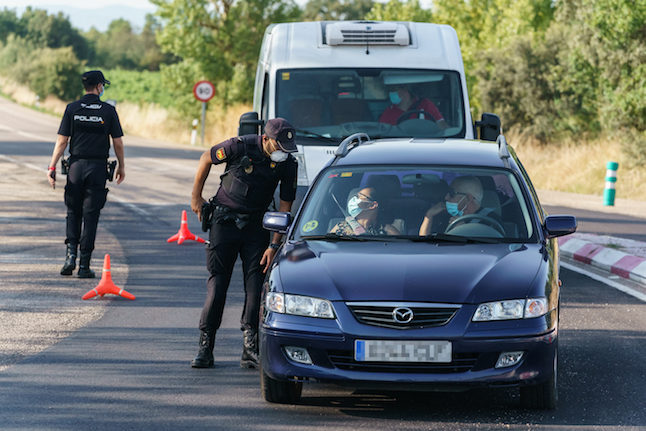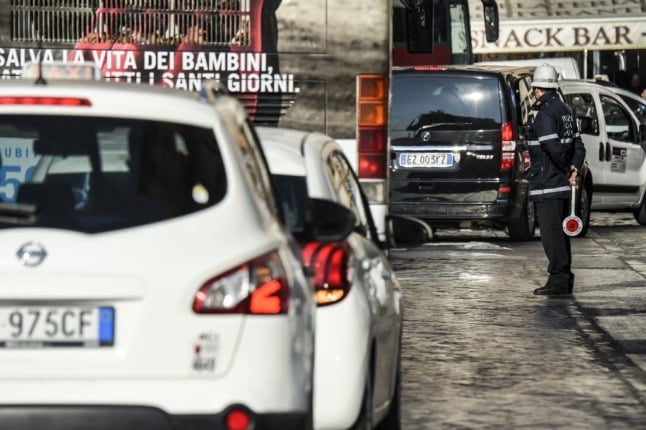If you have committed a traffic offence in Spain, such as speeding, you will usually be fined or have points taken off your driving licence, however sometimes not everyone will receive the notifications and therefore not know when to pay the fine by.
This could be because you have changed your address and did not update it with the General Directorate of Traffic (DGT), you were travelling at the time, or the notification simply did not arrive.
Even if you weren’t notified, there is a simple way to find out if you have a fine or a point on your licence, which was published in the Official State Gazette (BOE).
READ ALSO: Driving in Spain: The five new fines traffic authorities want to roll out in September
An edict will be published on an electronic bulletin board – the Unique Edictal Board of the BOE (TEU), where you will be able to look up any points taken off your licence or recent fines. You can access it HERE.
Access to the TEU is free for all residents in Spain and you can consult the notice board whenever you want, in order to stay up to date with the penalties and other traffic violations you may have committed.
To see if you appear in the edicts published in the TEU, you need to access the DGT’s electronic headquarters. To this, you won’t need your digital certificate but will need to enter your ID details, such as NIE, TIE or similar.
READ ALSO: Access all areas: how to get a digital certificate in Spain to aid online processes
“In case that the address of the offender is unknown, the law also establishes that the notification of the sanction can be done by publishing the details on the TEU”, the BOE states.
After the notification has been published on the TEU for 20 days, the law considers that notification has been made and the procedure has been completed.
The publication will be available on the BOE website for a further three months, after that period the notification details will only be accessible by means of a verification code, the CVE, which you must request from the DGT.
The Driver Safety e-mail Address – DEV
Another easy way to check is by signing up to Driver Safety e-mail Address or DEV. The DEV is an electronic notification system, which was created to contact vehicle owners by e-mail instead of by post.
You can register for this on the DGT website HERE. Once you are registered for this service, you will stop receiving paper notifications and will only get digital ones instead.
This means that won’t need to worry if you do not receive a paper notification in time. You will also receive an SMS every time you receive a digital notification on the system, meaning that you’ll know exactly when you’ve received an e-mail too.
The electronic system allows you to prove the date and time you received the notification and when you opened it, proving that you’ve actually received it.
If the notification is sent to the DEV and you do not access it within 10 days, the notification will be considered as rejected and they may try to contact you via other means or it may be published on the TEU.
Even if you sign up to the DEV, the DGT stresses that it’s still important that you update all your details with them, including your current postal address.



 Please whitelist us to continue reading.
Please whitelist us to continue reading.
Member comments